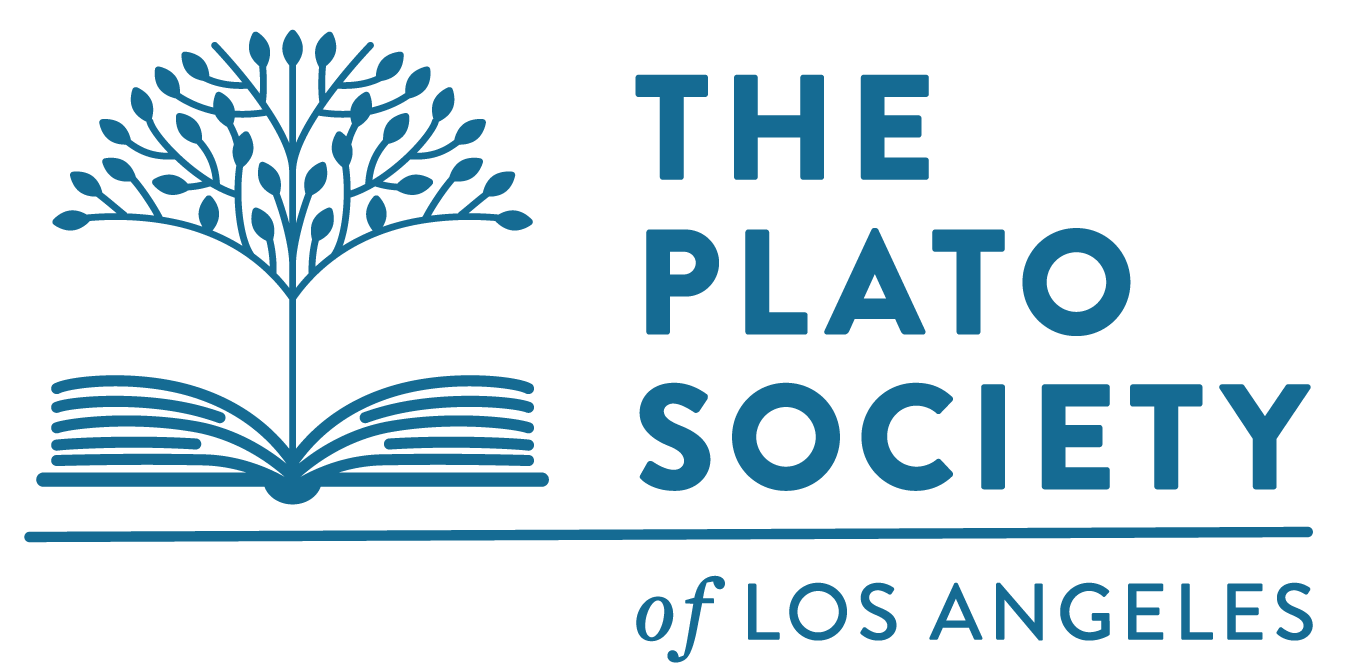“Nothing less than a history of the world from Stalin’s desk” say reviewers of Stephen Kotkin’s award-winning Stalin: Waiting for Hitler 1929-1941, volume two of an expected three volume masterpiece on this most complicated man and his place in the history. Just as in his first volume, Stalin: Paradoxes of Power 1878-1928, which we are using as the core book in a spring 2022 SDG, Kotkin presents a history of Russia in the world and a history of Stalin in Russia.
Stalin’s desk was in what has been called Stalin's Little Corner in the Imperial Senate. Stalin's wing had its own entrance and a special door separating it from the other offices. It was 1600 square feet and had a concealed escape shaft leading to the basement. It was from here that Stalin micromanaged Russian culture and conducted foreign policy in every corner of the world.
We will locate Stalin in the context of European and Asian history during the lead up to World War II. With Japan and Germany sat on either side of the Soviet Union, Stalin felt himself encircled by enemies. To prepare, he industrialized and militarized at a breathtaking and murderous speed.
By the 1930s he was arresting and murdering an immense number of citizens: kulaks, anti-collectivization peasant, loyal followers, officers and secret police and party stalwarts. With a stroke of his pen – or, for that matter, a general or veiled directive to a devoted underling – he snuffed out and erased all trace of thousands of lives on a daily basis. Kotkin pinpoints three central episodes for Russian and world history from 1929-41: the 1929 collectivization of agriculture, the mass terror of 1936-38, and the 1939 non-aggression pact with Nazi Germany that had world-wide impacts.
Joseph Stalin was a human being, a dedicated Communist, and a dictator. He embodied global communism and the Eurasian multinational state. ‘Murderous’ and ‘mendacious’ do not begin to describe the man. Yet, he galvanized millions and led the Russian people to an astounding victory and national greatness.
While the core book is of formidable length it is an absorbing read. The author maintains a laser focus on Stalin’s inner world – what he knew, what he did not know, and what he chose to ignore - and provides the reader with startling insight into a man whose vision and decisions – often shockingly arbitrary – impacted millions and changed world history. Custom-made for an SDG, the book has 14 chapters, each averaging 65-70 pages.




